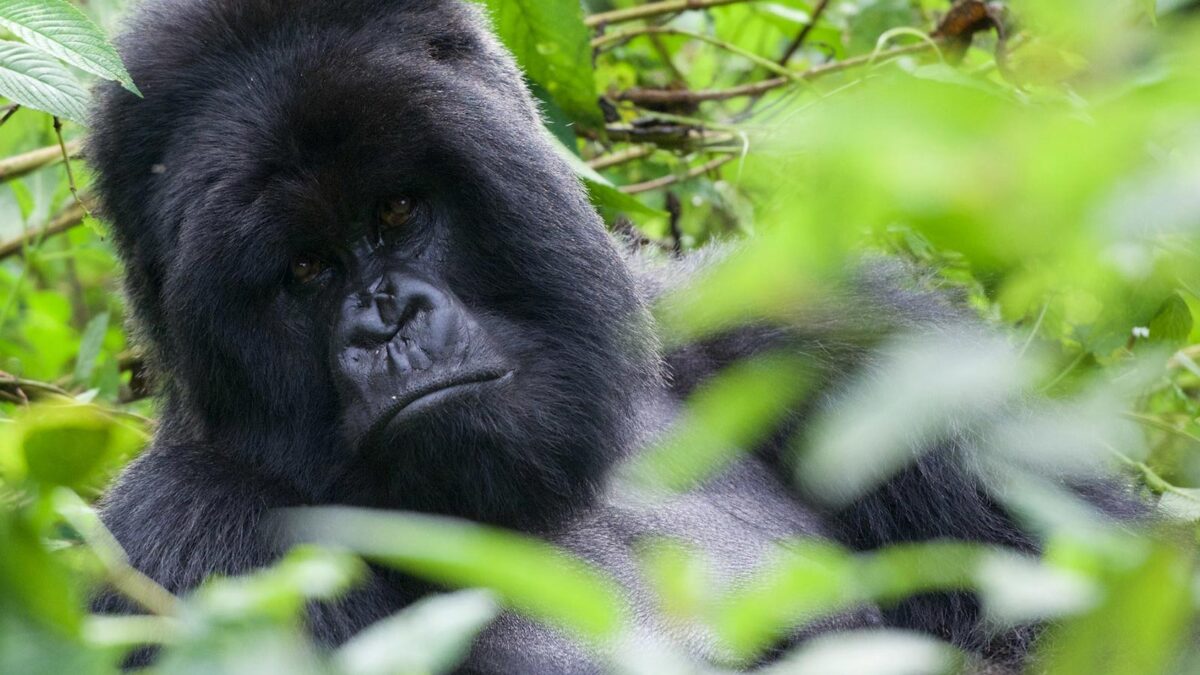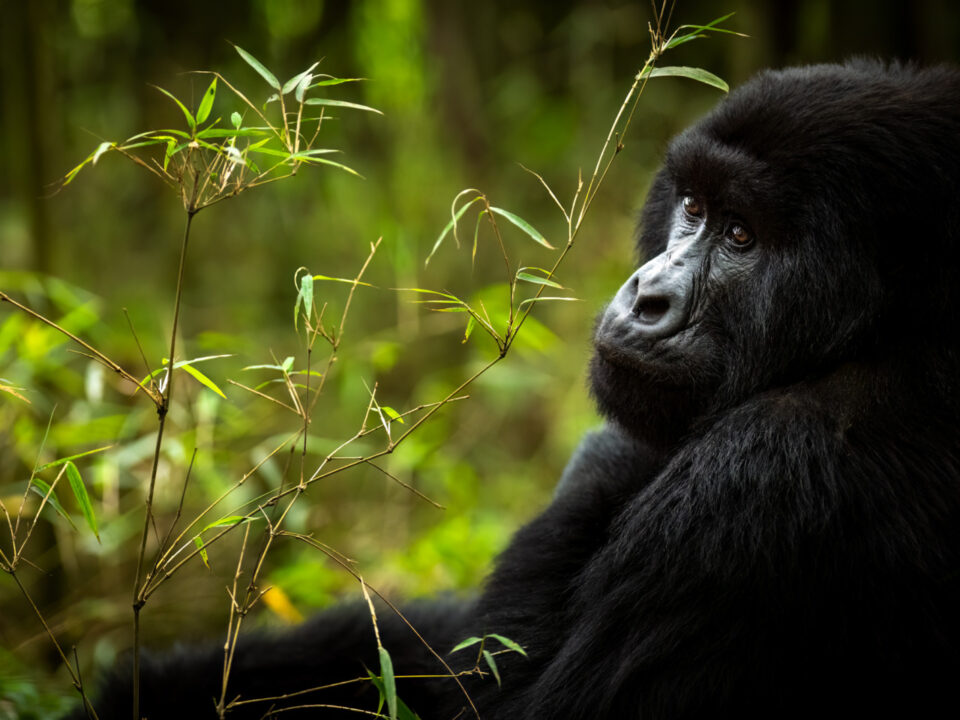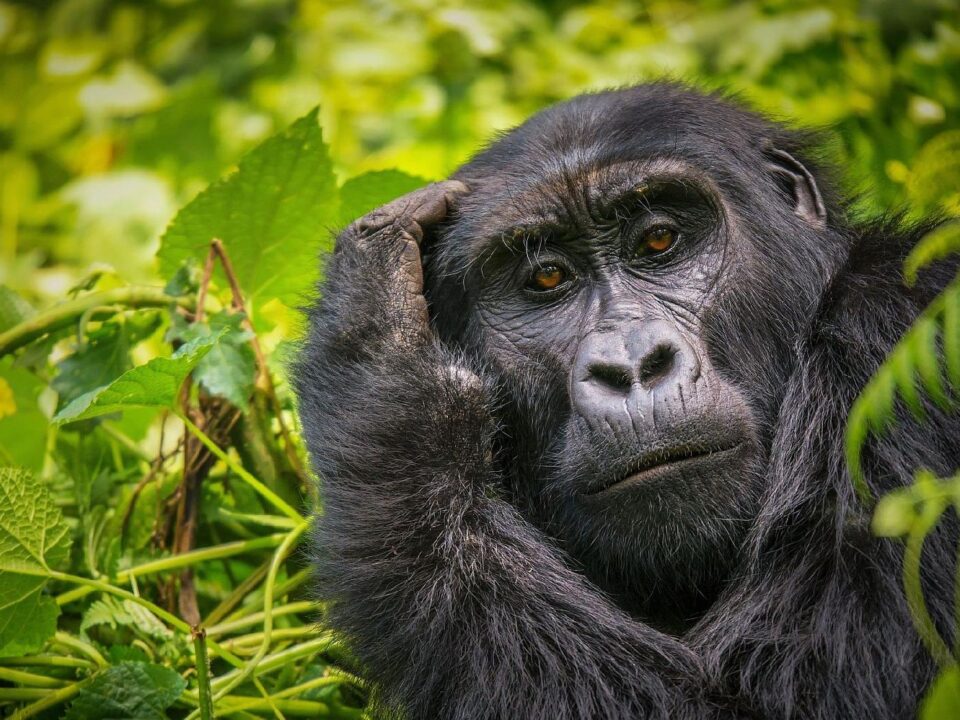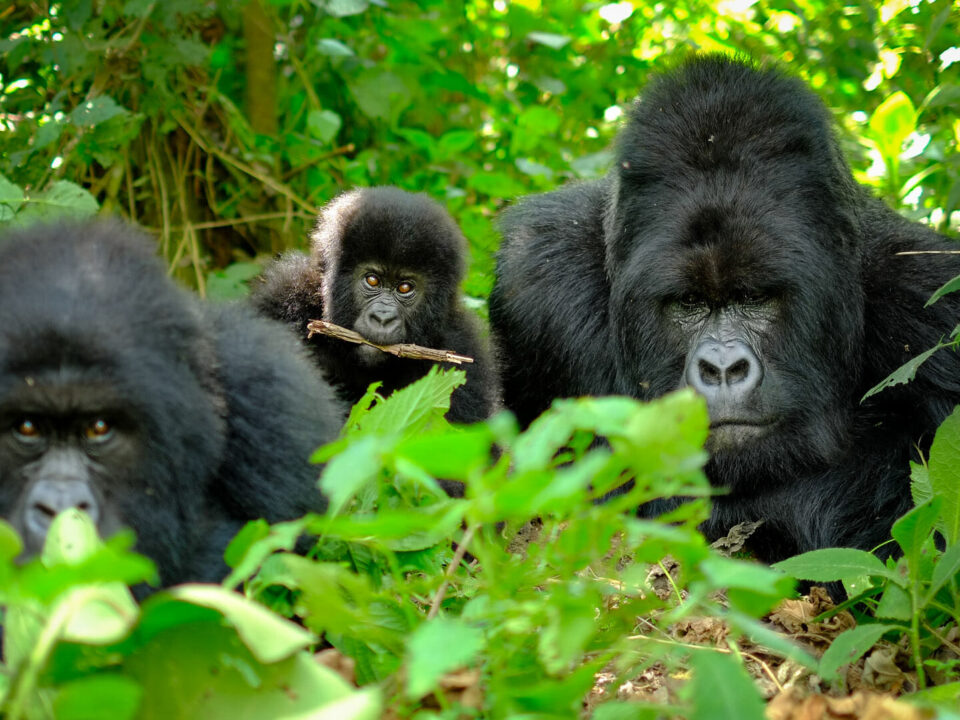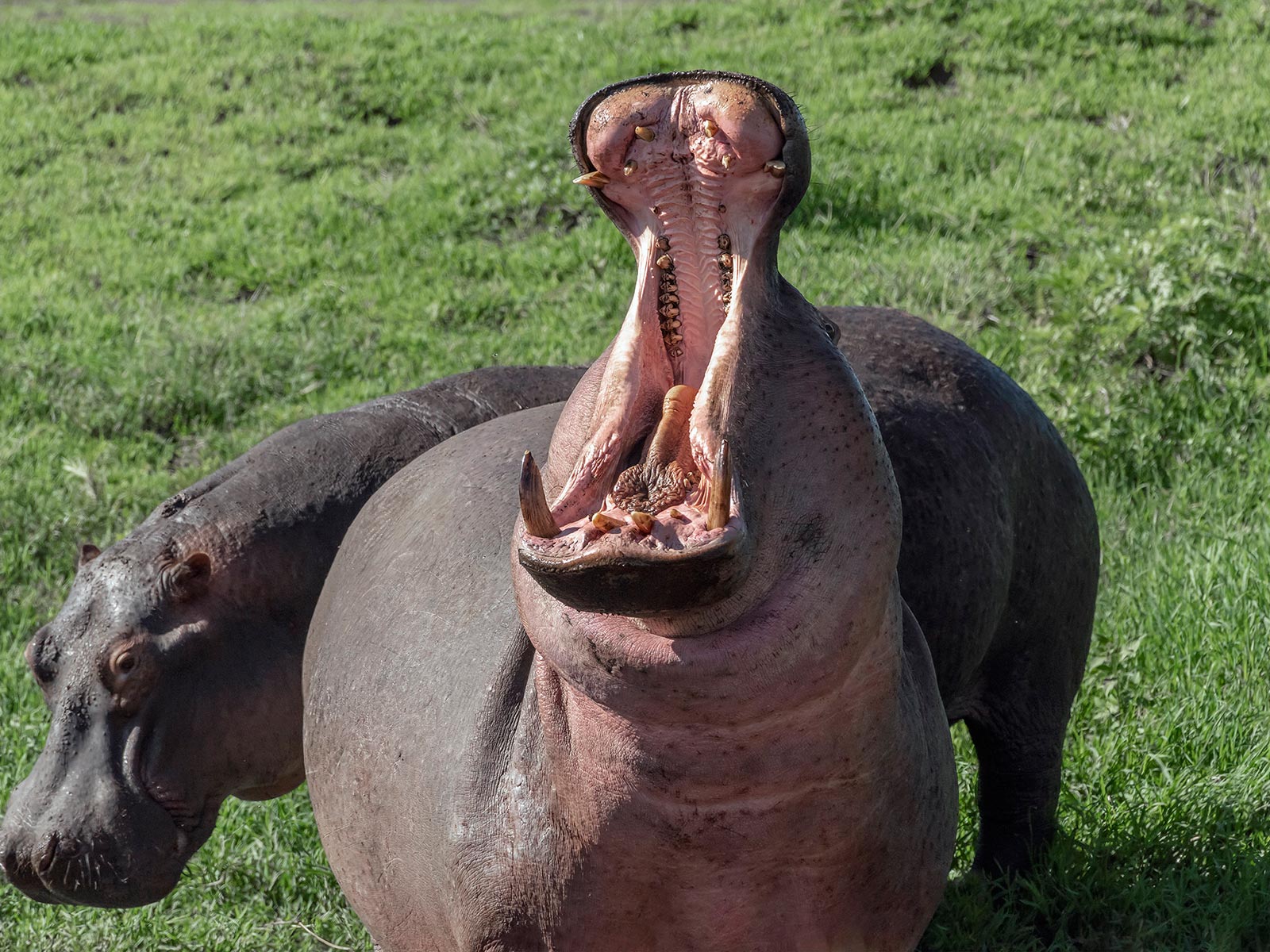
Booking Budget Africa Safari from Australia
November 16, 2023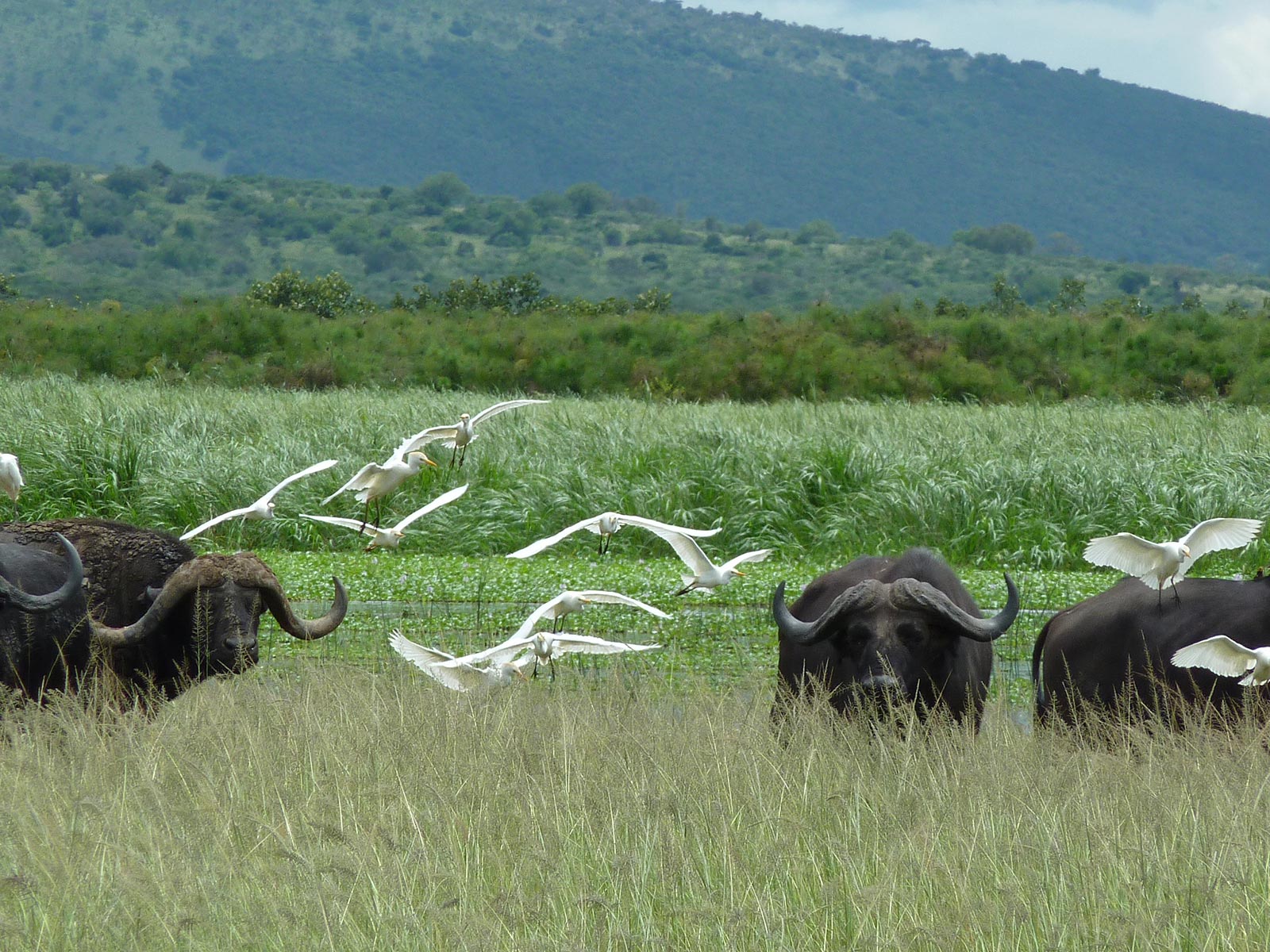
Rwanda Safari Terms and Conditions
November 16, 2023Rwanda Gorilla Tracking Guidelines/ Terms & Conditions– Volcanoes National Park
While gorilla trekking remains a coveted experience for many, understanding the Rwanda gorilla tracking guidelines/ terms & conditions is crucial for ensuring a memorable and enjoyable trip.
These conditions are typically provided to clients before embarking on the gorilla tracking experience, which primarily occurs in Volcanoes National Park—a prominent tourism hub in Rwanda, alongside other destinations such as Nyungwe Forest National Park, Akagera National Park, Gishwati National Park, and the vibrant city of Kigali, which boasts numerous tourist attractions, including genocide memorials.
Key Terms of Gorilla Tracking in Rwanda:
Viewing Time:
Tourists are allocated a strict one-hour window to observe the endangered mountain gorillas in Volcanoes National Park. This limited time ensures that the gorillas can continue their natural activities like feeding, mating, and grooming undisturbed.
Age Limit:
In contrast to many tourism activities without age restrictions, Rwanda has set a minimum age limit of 15 years for individuals allowed to trek the mountain gorillas in Volcanoes National Park.
7 Meters Distance:
Due to the vulnerability of mountain gorillas to diseases, tourists are advised to maintain a distance of 7 meters between themselves and the gorillas. This precautionary measure helps minimize the risk of airborne and communicable diseases, such as flu, cough, and scabies.
Mutual Respect:
Clients are urged to show mutual respect during gorilla tracking and viewing. This includes refraining from passing in front of others while they are photographing or recording videos.
Dress Code:
Given the thick rainforest environment, clients are expected to wear appropriate gear when heading to see the mountain gorillas. Details on what to wear can be found in the provided link.
Weather Conditions:
Clients should be prepared for varied weather conditions, as Volcanoes National Park experiences convectional rainfall throughout the year. This may require rain gear and protection for camera equipment.
Silence:
Maintaining silence is crucial for a successful gorilla tracking experience and increases the chances of spotting other wildlife. Clients are encouraged to adhere to this rule for a more enriching safari experience.
Flash Photography:
Flash photography is strictly prohibited during gorilla tracking, as the gorillas interpret it as fire. This prohibition aims to prevent disturbances, as gorillas are significantly stronger than humans.
Following Instructions:
Clients are expected to follow instructions from the lead guide responsible for guiding them into the rainforest for the gorilla tracking experience. Instructions may include maintaining a safe distance from the gorillas and promptly moving back when directed by the guide.
Declaration of Health Conditions:
Clients are advised to share their health history with Trek Africa Expeditions before traveling to Rwanda. This information enables the safari provider to offer appropriate advice and guidance for a safe and enjoyable experience.
Best Time to Visit Rwanda:
While Rwanda welcomes tourists year-round, the optimal months are June to August and December to February. The rainy season falls in March to May and September to November, but rainfall is not constant throughout the day, allowing clients the opportunity to visit the mountain gorillas throughout the year. For detailed information on Rwanda gorilla tracking terms and conditions, along with gorilla watching safaris to Volcanoes National Park, contact Trek Africa Expeditions.

